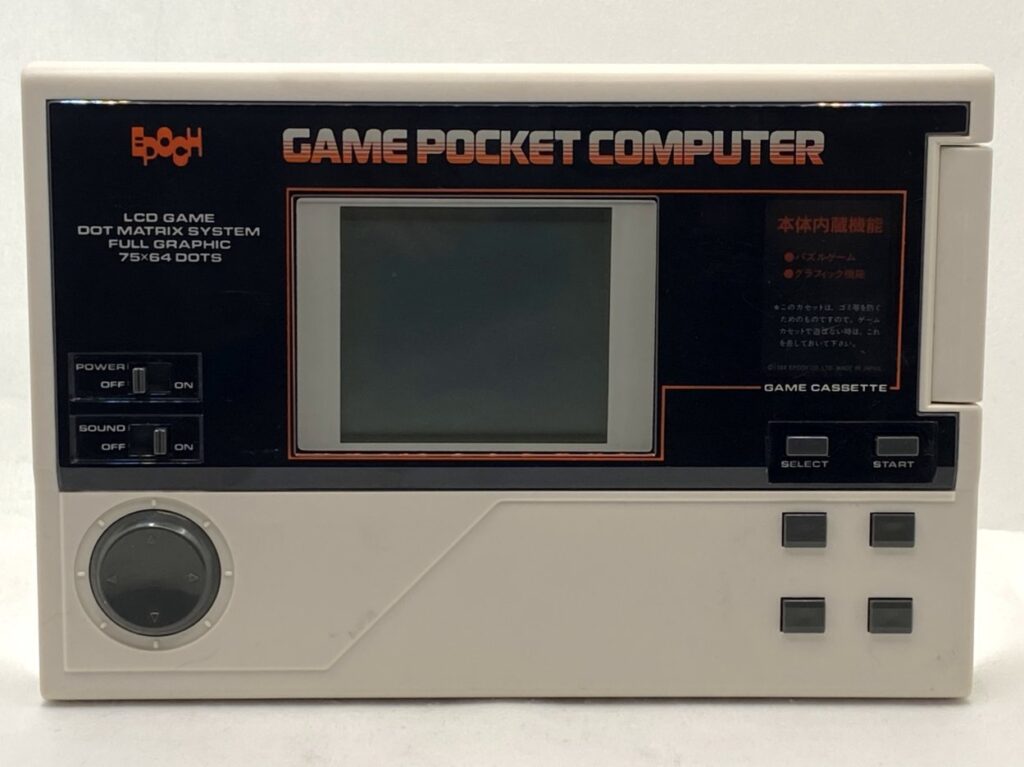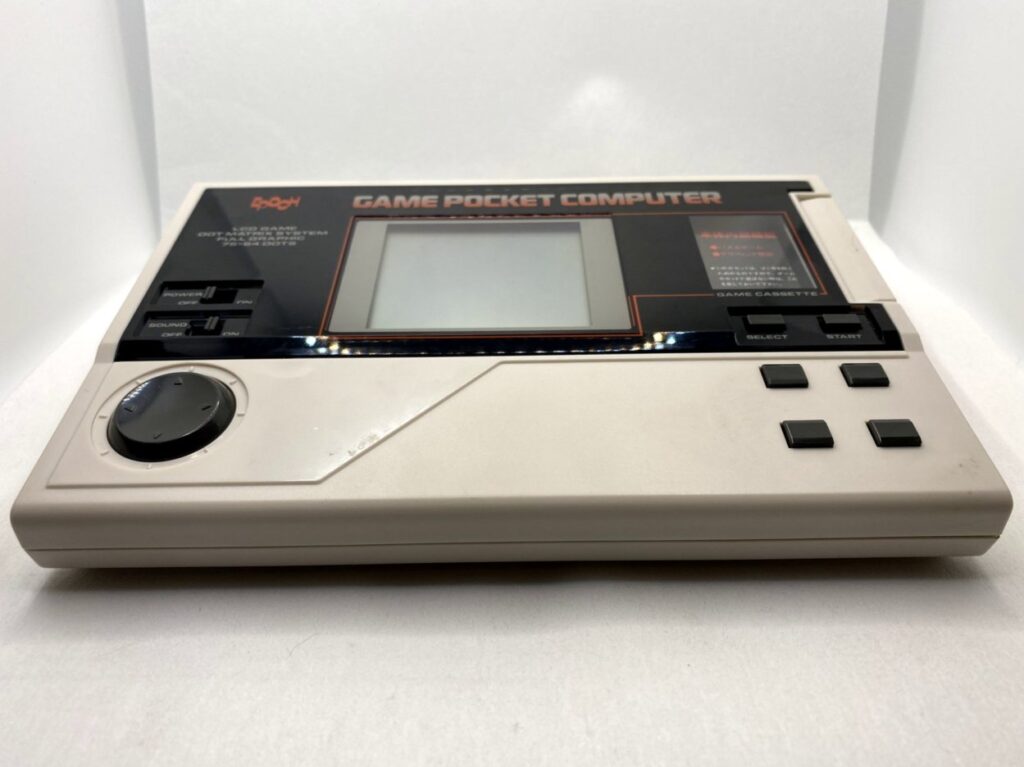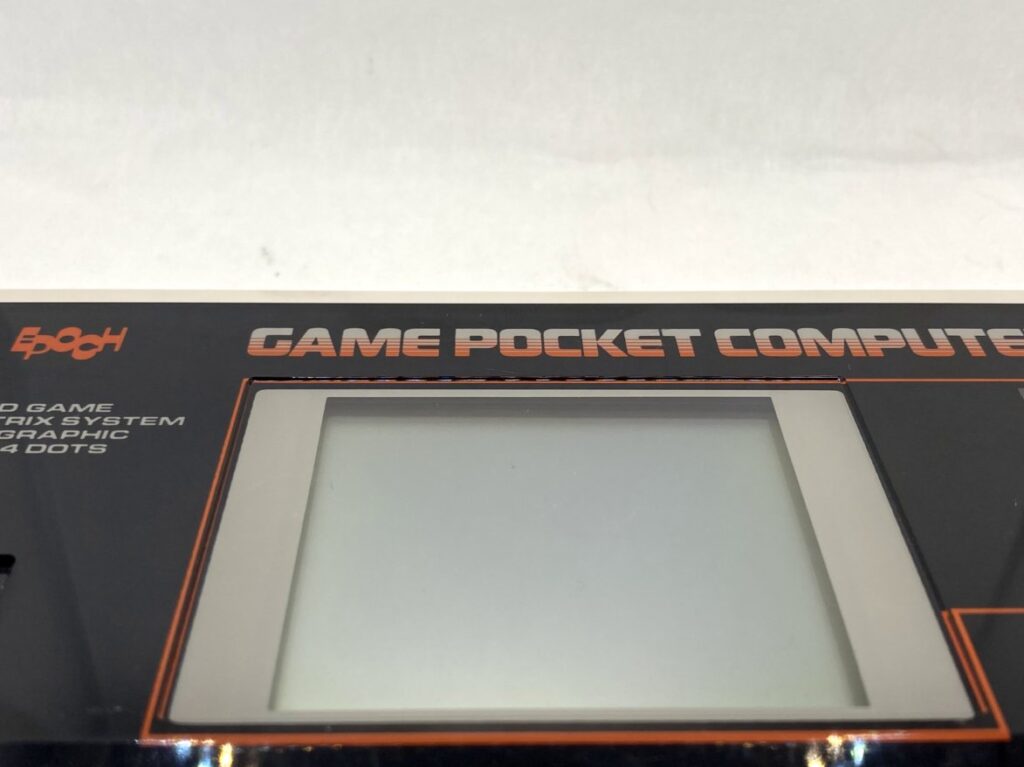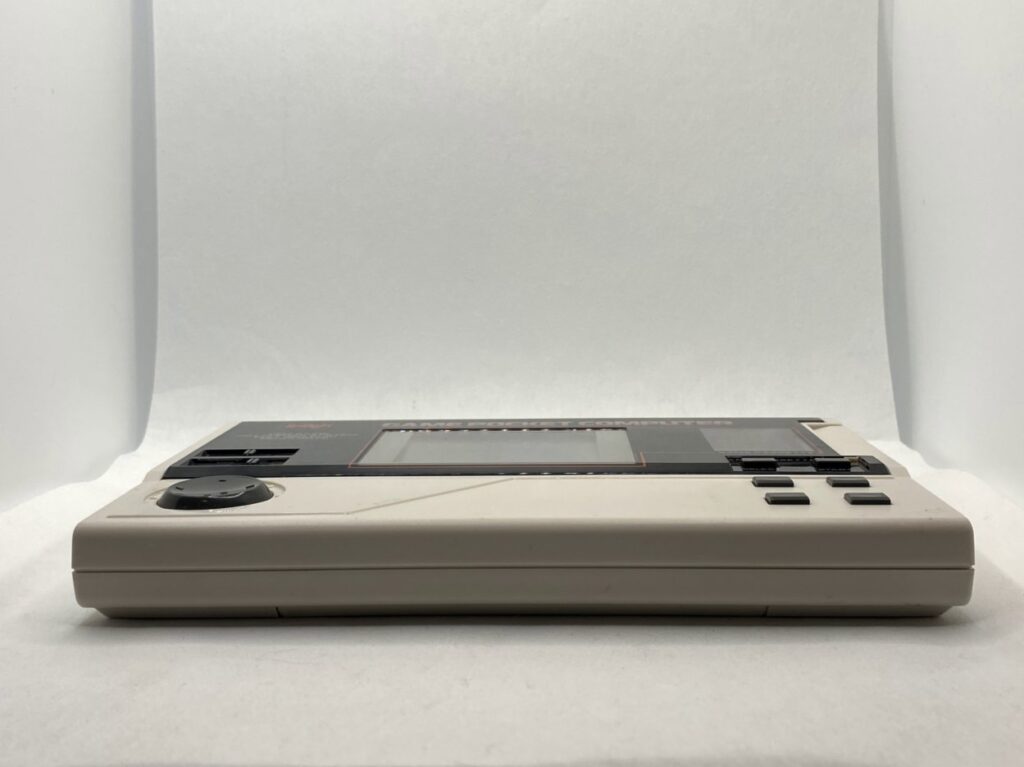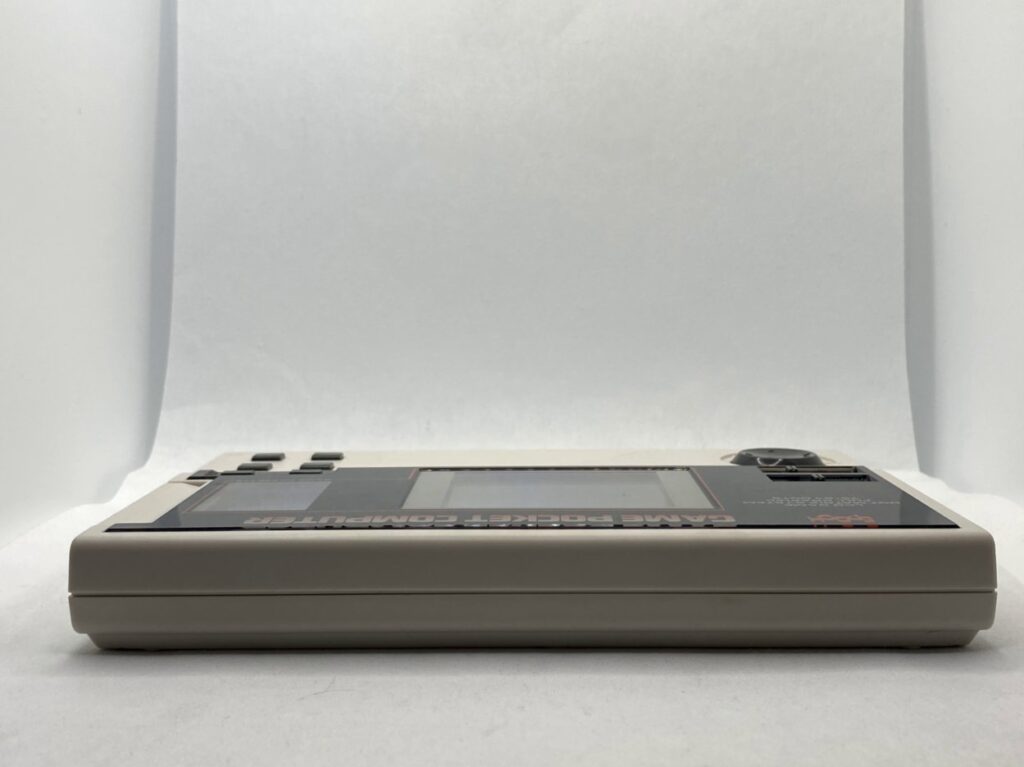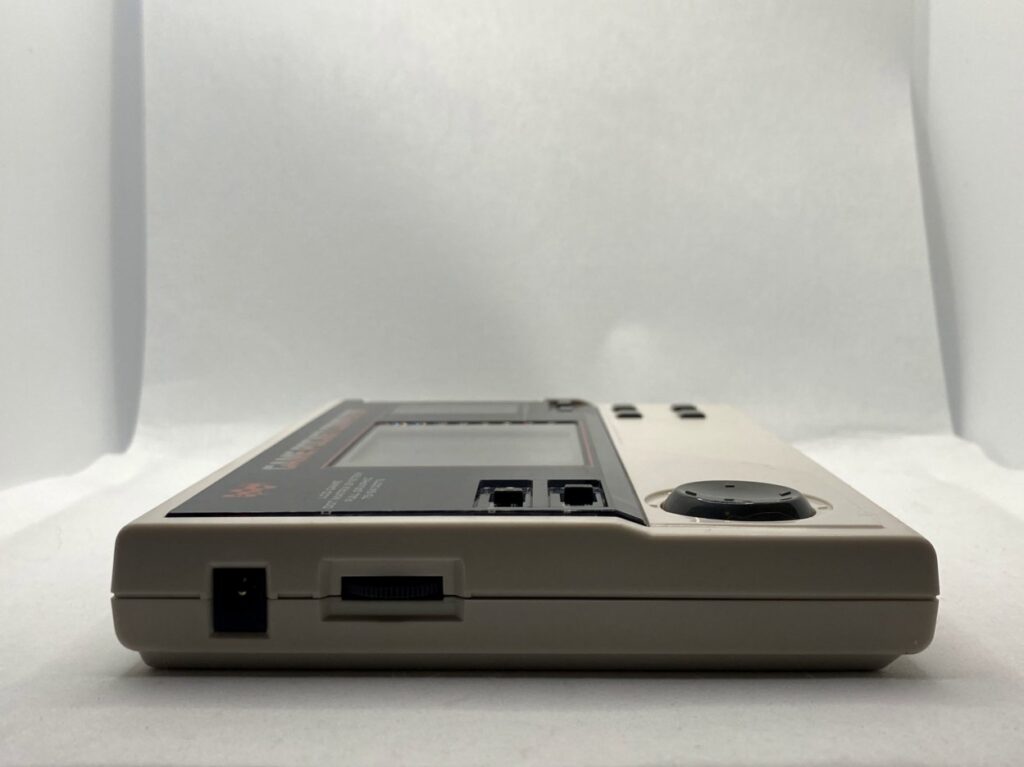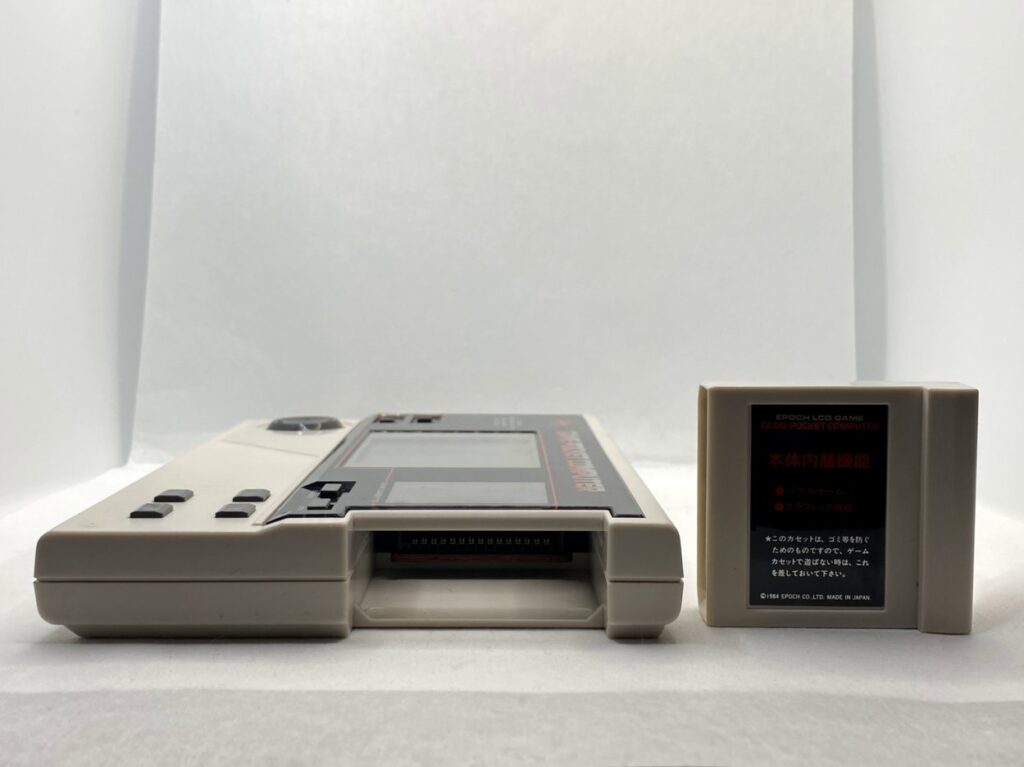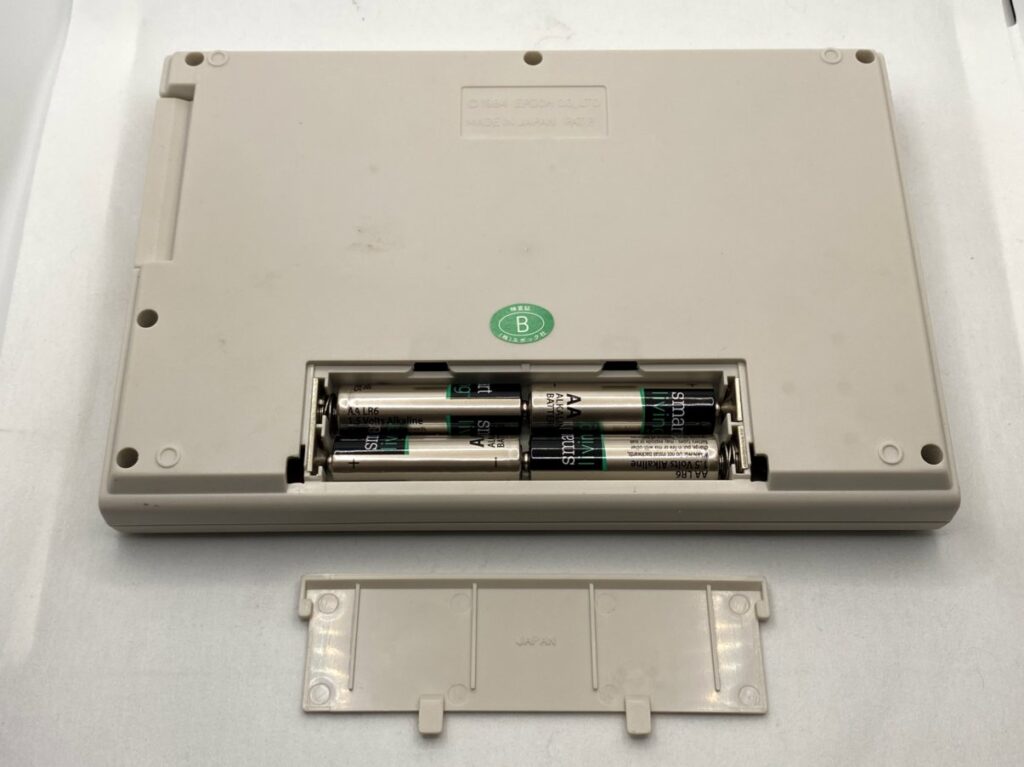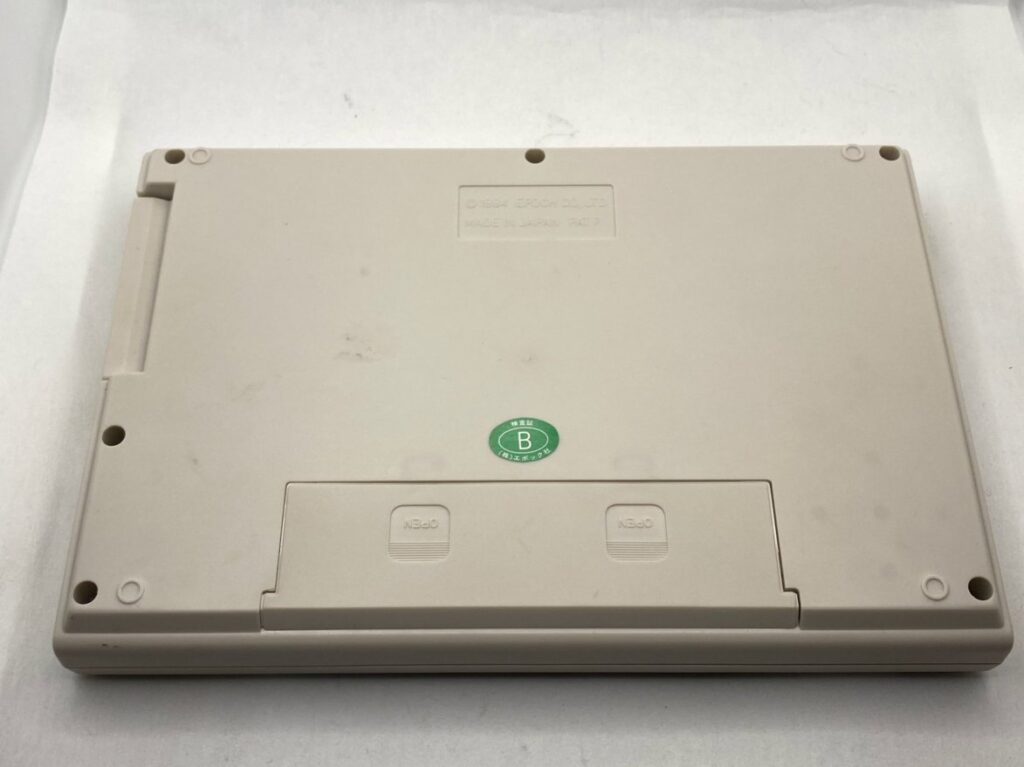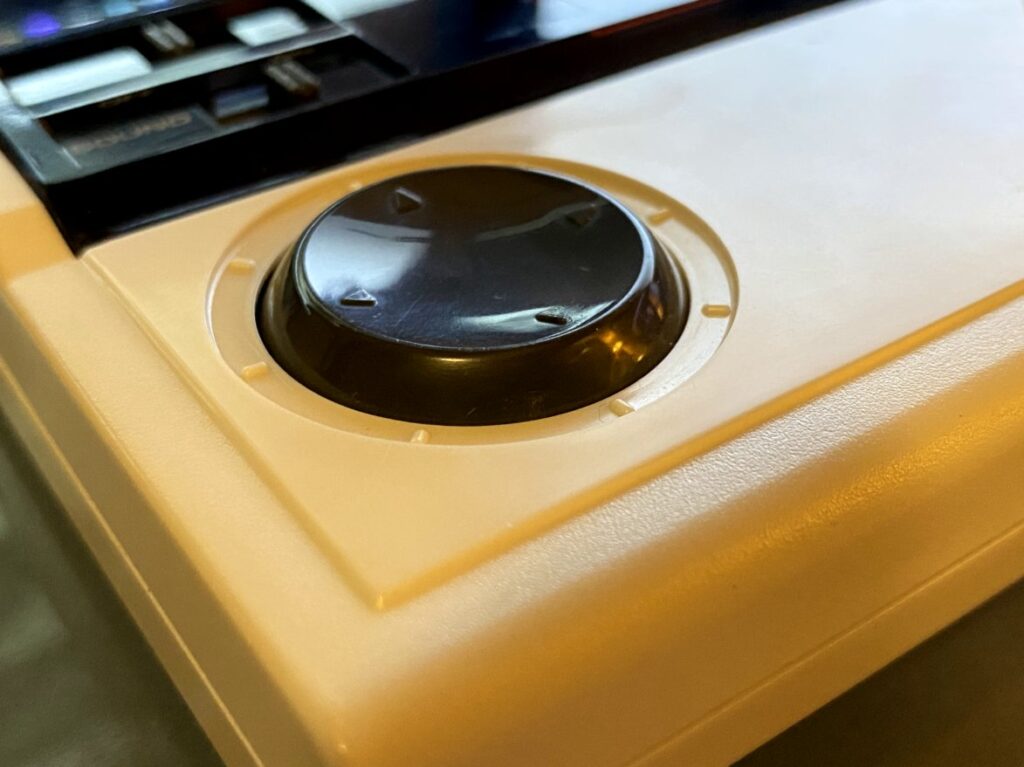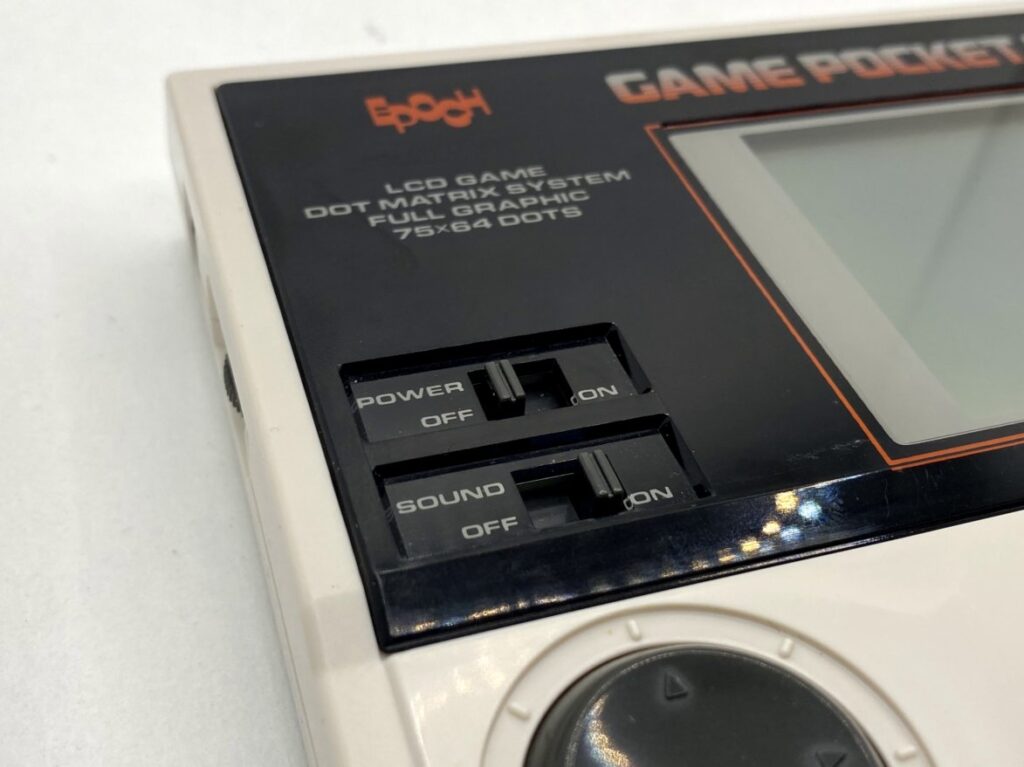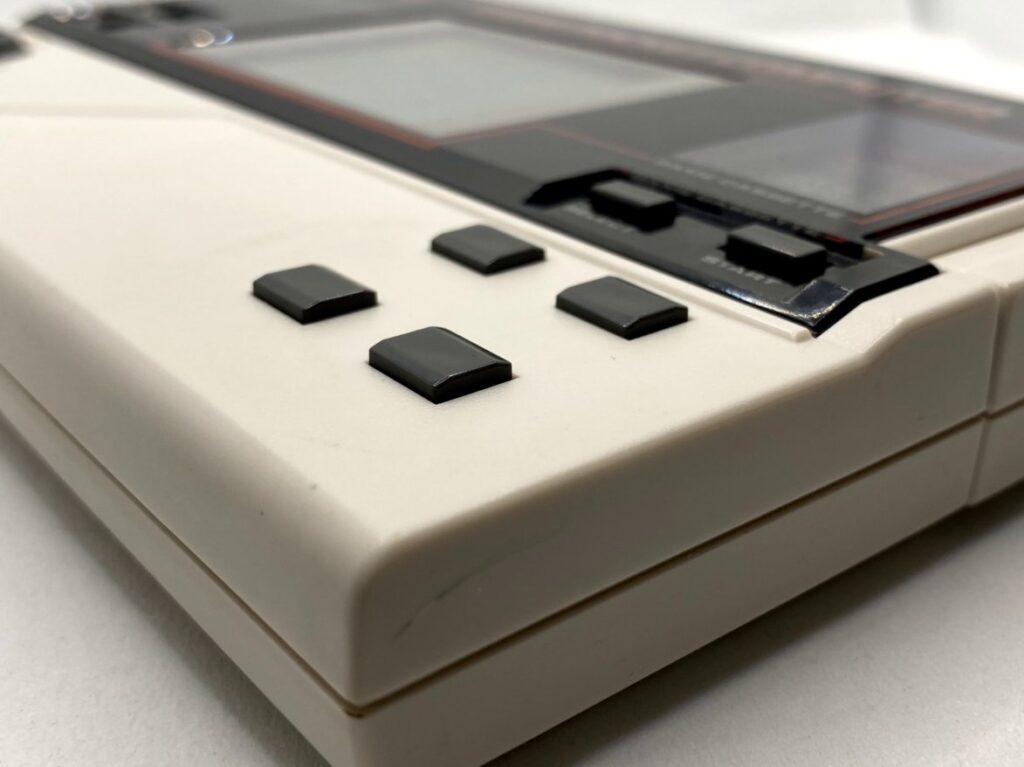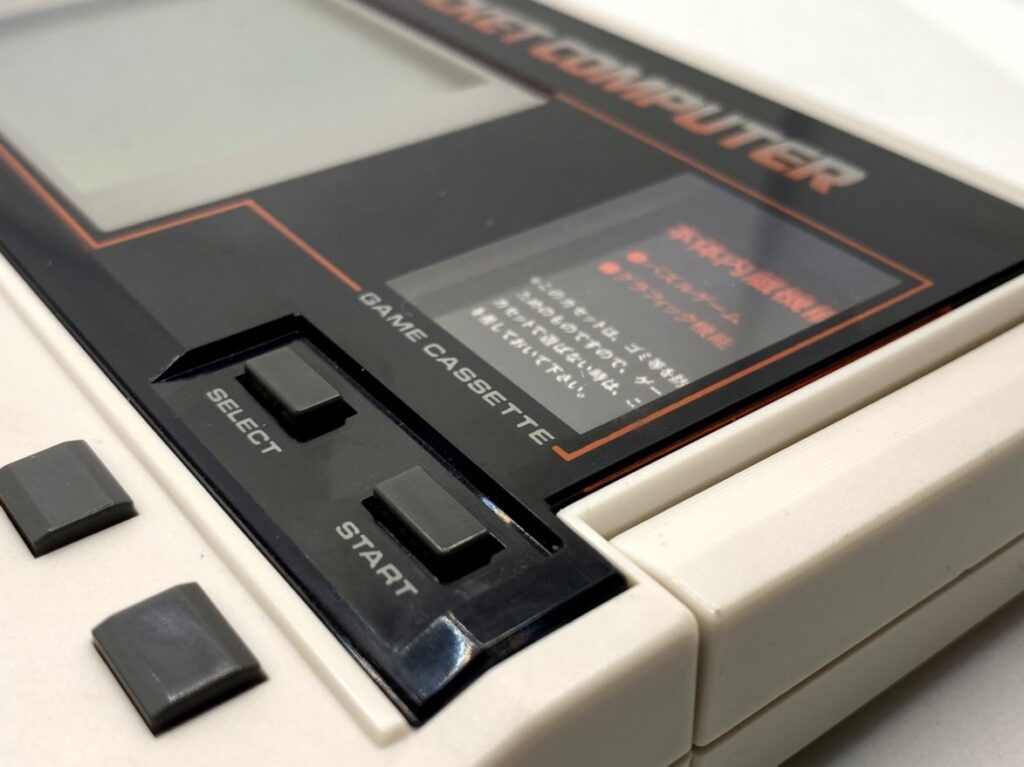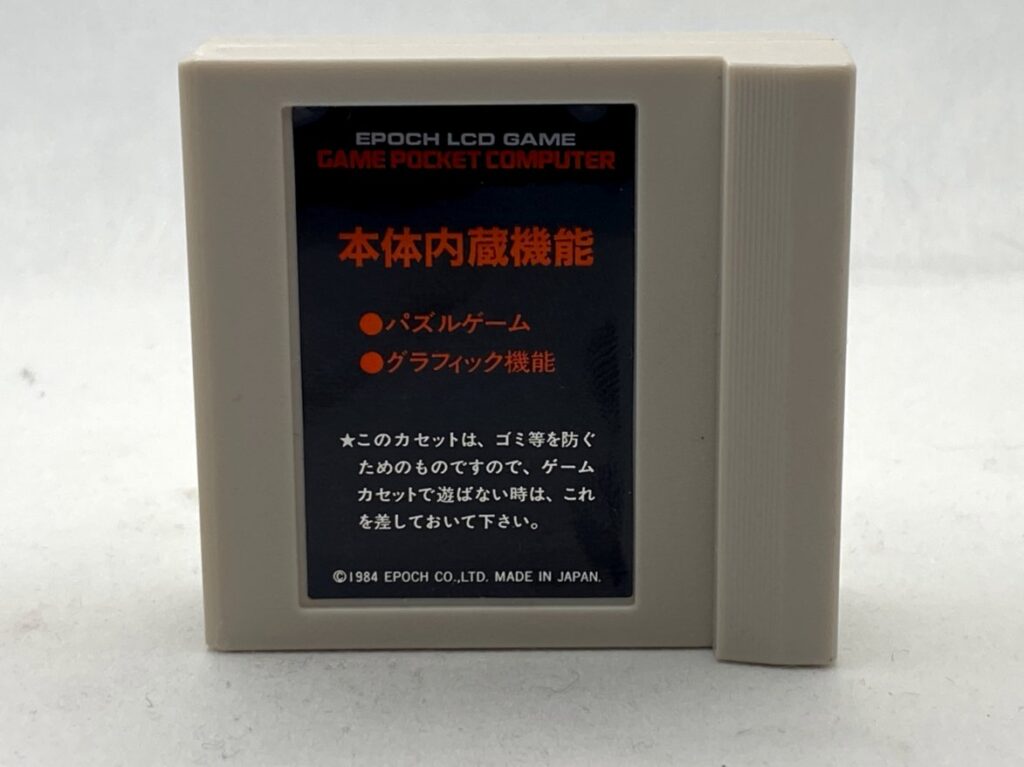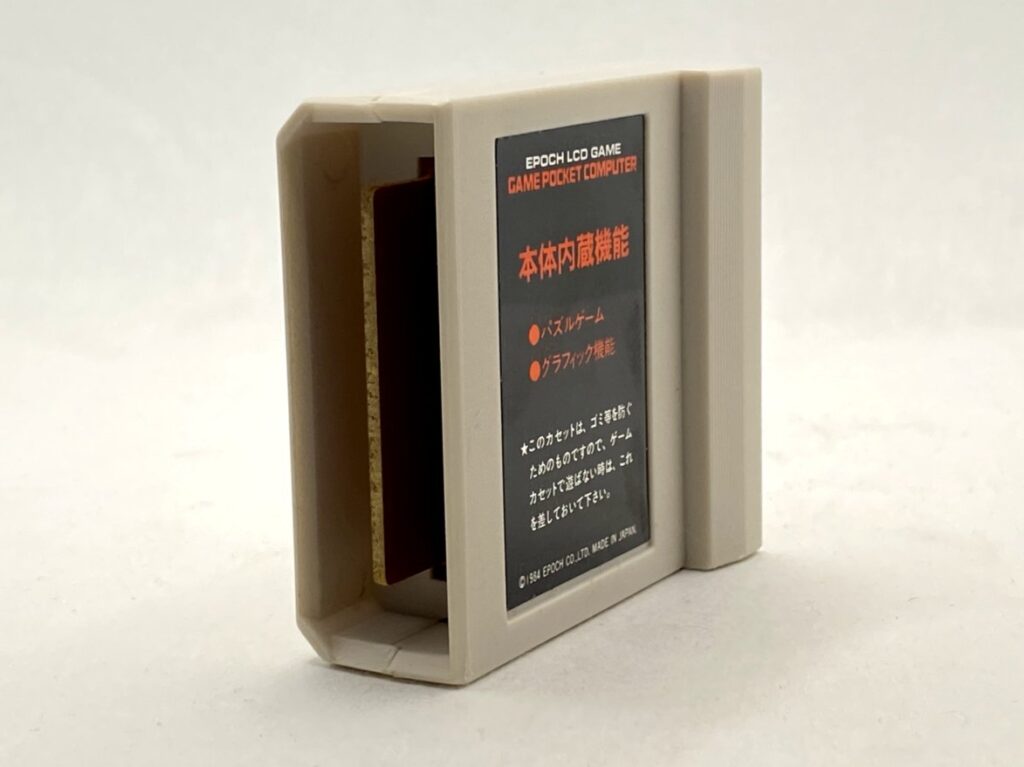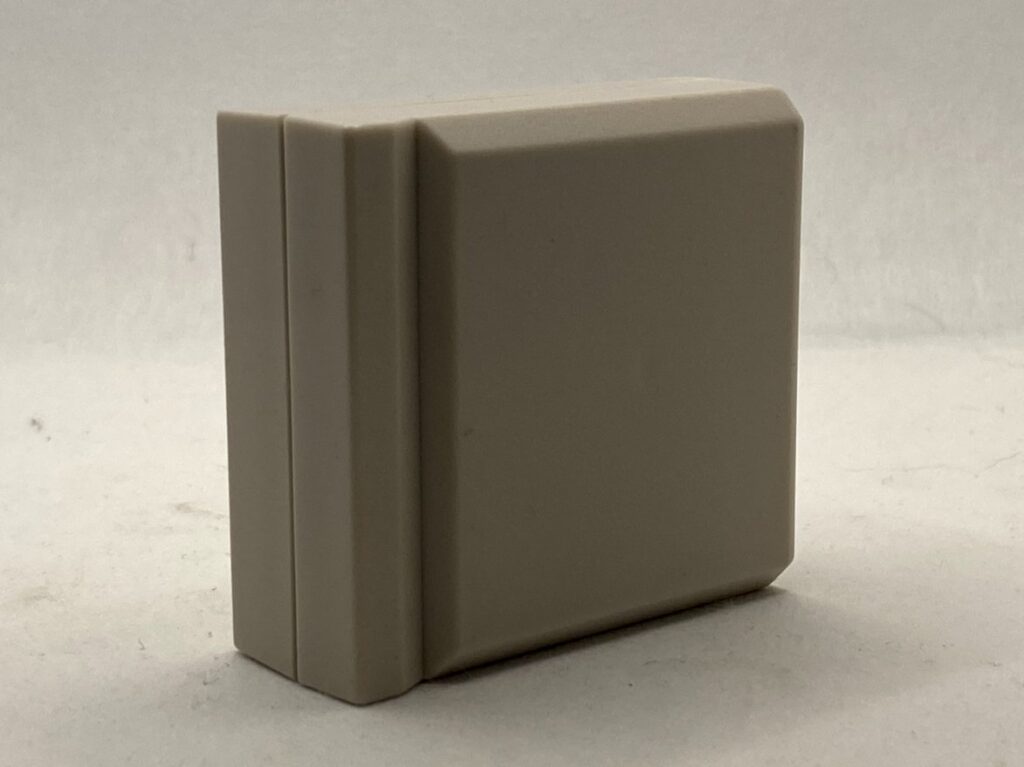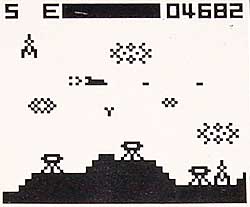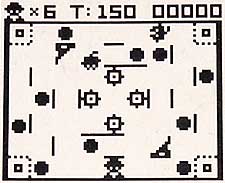Before the Game Boy There Was the Game Pocket Computer
February 21, 2021Five or so years before the Game Boy blew everyone’s collective socks off, there was a slew of attempts to reinvent the single-game handheld marvel first popularized by Mattel’s Football in 1977.
Where handhelds like Auto Race, Blip, and Little Professor all delivered a single game on their tiny LED screens in the late ’70s, new systems that could play multiple games with different sorts of cartridges were starting to make headway by 1979.
Milton Bradley’s Microvision, which featured interchangeable cartridges, was the first attempt at this in 1979. That was followed by a number of other oddities, each trying to turn a single-game system into one that could play multiple titles.
Those first systems tended to only reuse the controller and, sometimes, the screen. So, for instance, each of Microvision’s oversized “cartridges” included its own processor. So the console was really just the screen and the controller. Systems like the Digi Casse and the Variety were essentially just controllers with replaceable LCD screens.
The Game Pocket Computer, though, was an unusual first (I believe) at the time. Its system contained the CPU and RAM to run games (it even had two games built into the system) and the small blocky cartridges contained just the games in 8 or 16 KB ROMs.
Released in 1984 in Japan, the Epoch Game Pocket Computer also went by the name Pokekon. It features a staggering 75 by 64-pixel monochrome display and can run games for 60 to 70 hours on its four AA batteries. The system runs on an NEC uPD78c06 clocked at 6 MHz and features a single sound channel.
The hardware, while a bit oversized, is still surprisingly comfortable to hold while playing. It includes a single eight-way directional pad on the bottom left and four unmarked buttons on the right. There are also start and select buttons as well as a slide for power and one for sound. Unfortunately, there is no volume dial, but there is one for contrast.
It comes with a cartridge in the slot, but it’s really just there to keep dust out. The two games it comes with are built into the system. One is a very basic paint program called Graph and the other is an 11-tile sliding puzzle game. Neither are very fun.
The system only ever got five true game cartridges, all of which tend to sell for $100 to $200 each.
- Astro Bomber (Defender clone)
- Block Maze (Pac Man clone)
- Warehouse
- Mahjong
- Reversi
Unfortunately, this early stab at a true handheld cartridge-based game console didn’t do very well and was never released outside of Japan.
It wouldn’t be until 1989, with the release of the Game Boy and the Lynx, that handheld game consoles would truly take off.
Love retro handhelds? Well then, have I got a bunch of stories, videos, and pictures for you.
